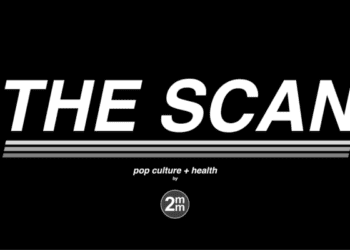Current trends in financial relationships between industry and physicians
1. In this 2015 US-based, retrospective study, half of physicians received payments from industry.
2. Surgeons had the highest likelihood of receiving payments with the greatest value of receipts when compared to medical specialists, interventionalists, and primary care physicians.
Evidence Rating Level: 2 (Good)
Study Rundown: Ample evidence has shown that even small payments or gifts from industry influence medical practice. As such, there has been an increased emphasis on financial transparency of physicians in order to better serve and protect patients. The Affordable Care Act (ACA) has stipulated that all physicians must disclose any and all gifts or payments from industry, which is compiled and released by the Open Payments report. This study quantified the level of industry payments in 2015. In all, 48% of physicians received gifts or payments from industry, totaling nearly $2.4 billion. The majority of these receipts were in the form of general payments, with a lesser degree owing to ownership or research. Individual physicians received the majority of these payments compared to institutions. While the highest frequency of general payments were for food and beverage, the greatest value of payments were for royalty/license fees followed by services, such as a lectures. Surgeons were the most likely to receive payments and were also paid the largest amounts, though surgeons were more likely to receive payments for royalties/licenses compared to medical specialties or primary care, which received most of their payments from services. In general, interventionalists had the highest rate of payments per physician. Male physicians were more likely than female physicians to receive payment and received a higher value of payment per physician.
The data here highlights the general trend of industries influencing primary care and medical specialties with frequent, low value payments while more often compensating surgical specialties for device innovations and other inventive endeavors. The discrepancy in male and female compensation rates and value were again apparent in this data, though the driving forces behind this discrepancy will require different analyses and data collection to uncover.
Click to read the study, published in JAMA
Relevant Reading: Conflict of Interest in Medical Research, Education, and Practice
In-Depth [retrospective cohort study]: The 2015 Open Payment report was created as part of the CMS National Plan and Provider Enumeration System (NPPES) database, including all US physicians with a National Provider Identifier (NPI). About 48% of physicians received payment from industry with 51.0% of total male physicians receiving payment compared to 42.7% of female physicians (significant difference; p < 0.05). Of the $2.4 billion in total payments from industry, 75.2% were for general payments, 22.8% for license/royalties, and 2% for research. Approximately 68% of general payments were received by individual physicians, with a median of $201. Although 88.7% of general payments were for food/beverage, the highest value of payments was for licenses/royalties (27%), followed by services (26.6%). Compared to surgeons, primary care, and specialists, interventionalists had the highest median number of payments (p < 0.05), though surgeons had the highest likelihood and value of receipt of payment (p< 0.05). The majority (54.5%) of surgeon payments came from royalty or licenses, while all other categories received their highest payments as services. Surgeons also had 57.2% of ownership interest value invested and were more likely to hold ownership interests and receive payment for licenses and royalties than other categories (p < 0.05). In addition to men having a higher rate of industry payment than women, they also received a higher value and mean value per physician of general payment (p < 0.05). Men were also more likely to hold ownership or receive royalty/license payments, as well as having higher values for these payments.
Image: PD
©2017 2 Minute Medicine, Inc. All rights reserved. No works may be reproduced without expressed written consent from 2 Minute Medicine, Inc. Inquire about licensing here. No article should be construed as medical advice and is not intended as such by the authors or by 2 Minute Medicine, Inc.






